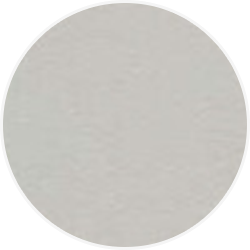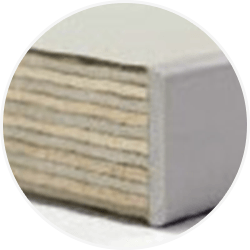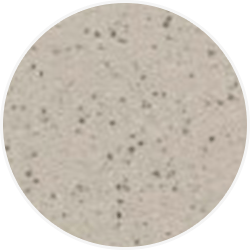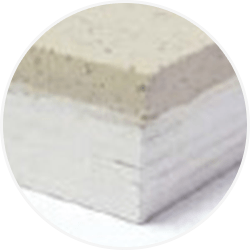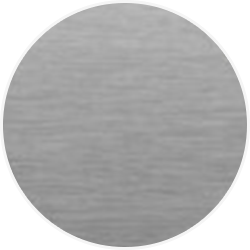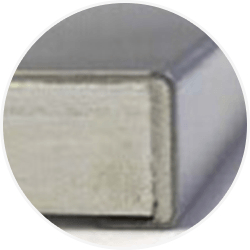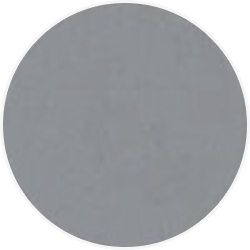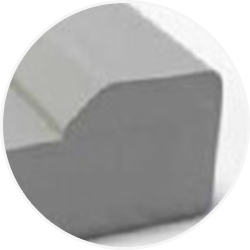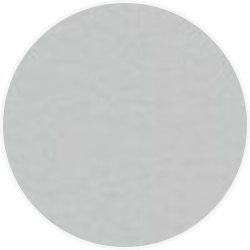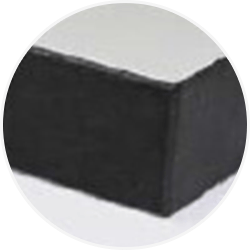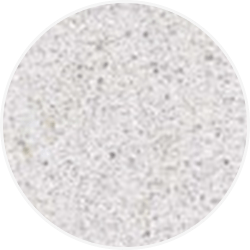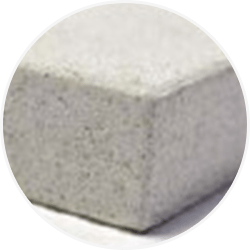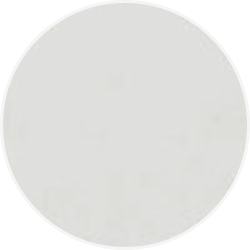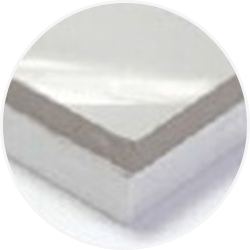Materials
Laboratory furniture is a special product that cannot be ordered at a regular furniture factory. First and foremost, it must meet particular requirements related to the safety of working personnel, hygienic, chemical and thermal resistance and the possibility of a prolonged operation in rather harsh environments.
Therefore, professional laboratory furniture cannot be made from same materials as home and office furniture. Given the fact that a high quality of Expert laboratory furniture depends on the quality of materials used, we cooperate only with the world's leading manufacturers of materials, which have all necessary certificates for their products and have proven themselves as the best experts in the field.
We also offer you the best selection of materials for working surfaces of laboratory tables and exhaust fume hoods depending on the research field of your premises, which will save your money and prevent from paying for unnecessary issues.


